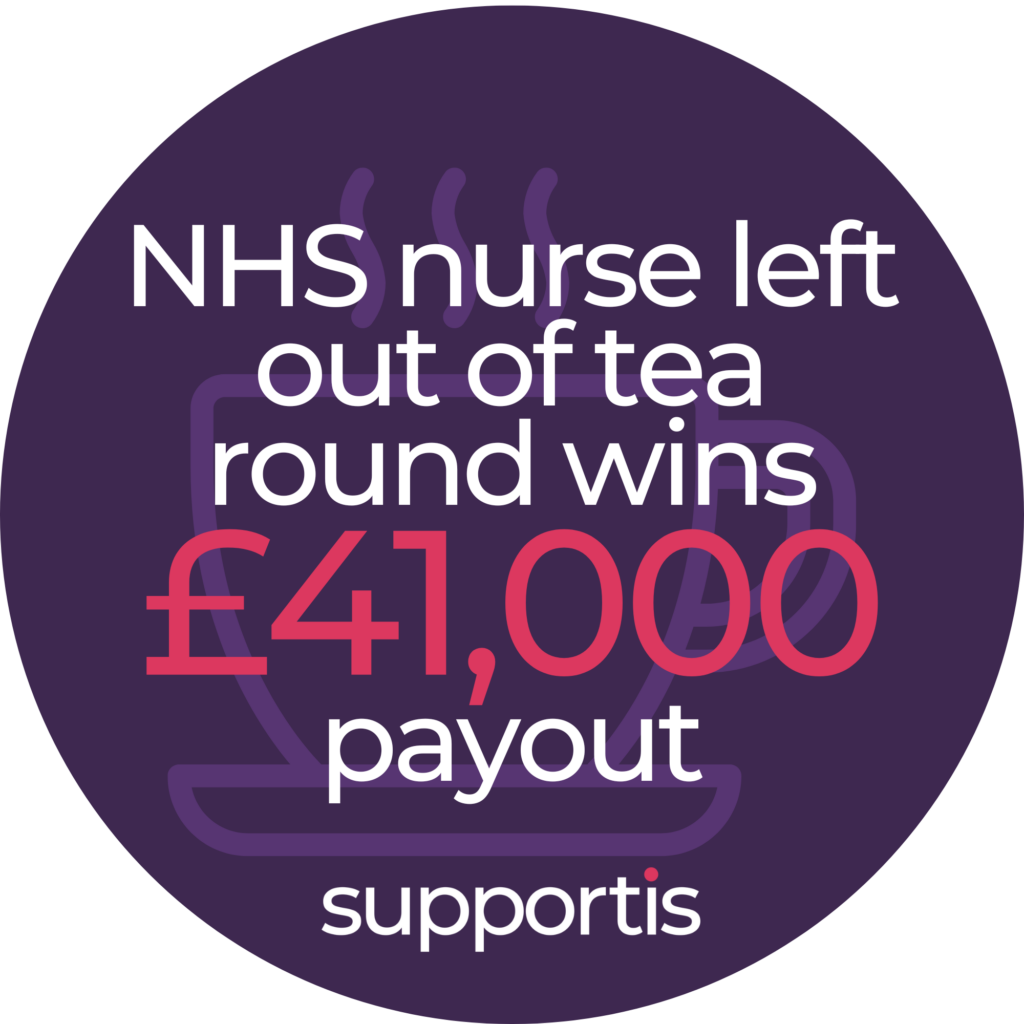In recent years, the Government have made many changes within education, the biggest being the changes in the GCSE grading. But what are the new grades and how can employers best understand them?
We’ve taken a look at the new grading system and summed it up below to help keep employers in the loop.
Grades
The new grading system runs from 1- 9, replacing the old A* to G system.
The new system has been designed, according to the Department for Education (DfE), to create a more rigorous approach to testing and examination. The new system identifies Grade 1 as the lowest possible grade available running up to Grade 9, which was intended to be a ‘new’ grade that identified those students whose performance was exceptional.
However, employers should be aware, the DfE has stressed that the old and new grading systems cannot be directly compared, and some new grades will span over two of the previous grade boundaries.
*Taken from Gov OFqual website
There are now two grades considered to be a pass: a Grade 4 is considered a standard pass, with a Grade 5 being considered a good pass.
Changing grade boundaries
Under the new grading system, boundaries are not fixed for the award of marks, meaning that fluctuations in the expected standard can occur every year in every subject.
The government have argued that this is to make grading fairer as previously it was impossible to say in advance how hard pupils would find the paper. This, in principle, allows exam boards to create rigorous standards for the awarding of grades, meaning that theoretically, students leaving secondary schools across the country are as well equipped, academically, as they ever have been for life in the modern workplace.
For the first year of the new GCSE (August 2017) the grade boundaries were calculated arithmetically. Therefore, once all the GCSEs were graded 9 to 1, the top 20% of those students achieving grade 7 or above were automatically be upgraded to a grade 9. The formula used in 2017 was:
Percentage of those achieving at least a grade 7 who will be awarded a grade 9 = 7% + 0.5 × (percentage of students awarded grade 7 and above)
It is unclear if this is going to be the formula that is moving forward each year, or how this will impact those who achieve a lower grade.
Are the new GCSEs actually harder?
While this will always be a difficult question to answer, many professionals believe that the new system benefits only the very high achievers.
If the pupil does not gain a Grade 4 or above, they will have to re-sit again until they achieve the pass mark. Once the pupil has reached the aged of 19, they will no longer have to re-sit unless they wish to proceed to further education.
The Teacher’s Union (NASUWT) has condemned the new grades, saying that it makes teaching in an increasingly difficult climate even harder. Teachers are struggling to grade mock exams, with no idea how pupils will be graded when it comes to the real thing. Even in light of the most recent set of exam data, education professionals remain unconvinced of the quality and suitability of the new grades to effectively measure student progress and achievement.
Chris Keates, general secretary of the NASUWT condemned the Government’s new scheme saying that changes have only been driven by ‘political imperative’.
So what do employers need to consider?
As an employer you should be aware of the new grading system, in particular the idea that the higher the number is, the better quality the grade achieved is. Additionally, the notion of two passing grades, the standard pass and good pass, could be a relevant factor when sifting and reviewing prospective employees at an early stage. With education being an ever-changing aspect of modern life, subject to the whims of Government, every employer would benefit from keeping a close eye on any developments and changes to ensure that they are able to identify and procure the best candidates suited to their business.




